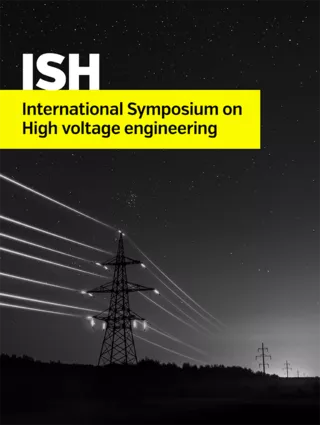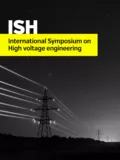Summary
Zinc oxide surge arresters are fundamental for high voltage electrical systems protection against overvoltages caused by atmospheric discharges or switching. The continuous monitoring of the surge arrester behavior has as main goal prevent events that may affect the reliability and operation continuity of the electrical system. Even having an estimated useful lifetime of 15 to 25 years, failures in surge arresters can occur at any time, before or after the lifetime be reached. Besides, the surge arrester has low cost, if compared to others equipments like as power transformers, monitoring its degradation level can avoid unplanned power cut off, damage to others equipments or technical personal. These events are undesirable and damaging to the electric system and the image of the electric power utility. Most of the zinc oxide surge arrester monitoring techniques are based on the analysis of the leakage current, due that this current is directly proportional to the surge arrester degradation level. Many of these techniques are limited by the difficulty in obtaining a sample of the applied voltage to the device, which is necessary for the decomposing the signal of the total leakage current into its resistive and capacitive components. Measuring voltage on field demands the employment of potential transformers, derivations on the transformer secondary to access the measured voltage on field or employ complex synchronization systems to the measured current and voltage. There is still the impossibility of representing voltage with harmonics or shift the signal by the potential transformers due to parasites capacitances along its housing. This work proposes a monitoring system of surge arrester capable to perform a real-time monitoring of their operational condition and of its degradation level. The system is based on the measurement and analysis of the total leakage current without the need of voltage samples, and the use of Artificial Neural Networks to determine the operational status of the surge arresters. A embedded system connected to the device transmits data of current obtained by means of nanocrystalline alloys of high magnetic permeability, through a net wireless sensors to a remote computer that performs the data processing to the identification of the surge arrester operational condition, besides, the Artificial Neural Networks accomplish the identification of the type of defect in the device: internal moisture, surface pollution, degraded varistor, etc. The monitoring and diagnostic software can be run on any computer or device with access to the internet or internal network, thus facilitating the process of monitoring the surge arrester operational condition.
Additional informations
| Publication type | ISH Collection |
|---|---|
| Reference | ISH2017_462 |
| Publication year | |
| Publisher | ISH |
| File size | 1 MB |
| Pages number | 6 |
| Price for non member | Free |
| Price for member | Free |
Authors
DARUS, VAN DER WEY, PITA DE ABREU, Da Costa, BARBOSA
Keywords
Monitoring, Surge Arrester, Leakage Current, Neural Networks



